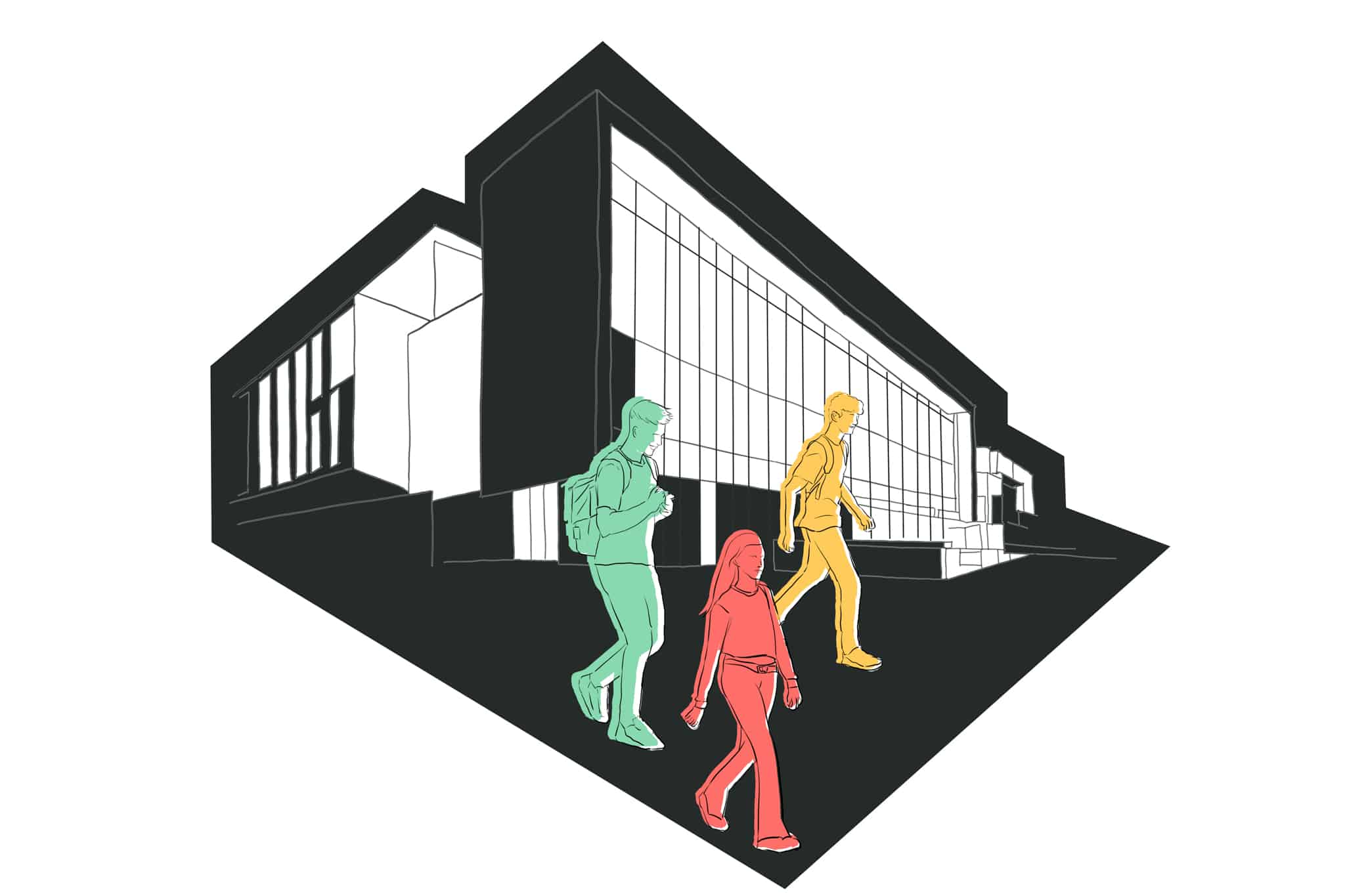Each year, U of T releases their Facts & Figures report, which gives data on the previous year’s spending, students, research, faculty, and more. The Varsity looked through Facts & Figures reports going back to 2005 to see what has changed at U of T.
The most recent 2020 report reveals a significant change to the university’s budget, with 50 per cent of U of T’s revenue now coming from student fees. The percentage of revenue from student fees has continued to increase alongside international tuition.
The report also provides insights into the student population. This year, it showed a significant increase in the number of international students — in particular, students from Asia and the Pacific — as well as increasing proportions of women in the Faculty of Applied Science & Engineering and Management.
Revenue changes
From 2005 to 2020, the ratio of revenue that the university received from the government decreased from making up half of the university’s total revenue in 2005 to only one third in 2020.
Over the same time period, there was a corresponding increase in the amount of revenue coming from student fees. In 2005, the university received 29 per cent of its revenue from student fees; by 2020, the number had risen to 50 per cent.
This reflects an ongoing trend of the university increasing student tuition to make up for provincial budget cuts. Postsecondary education has consistently seen decreases in the amount of funding it receives from the government, causing the university to turn to other sources of income, such as increasing international tuition.
While the rise of domestic tuition is regulated and was frozen in 2019, international tuition is unregulated. Calculations from The Varsity found that international tuition increased by 41.2 per cent in the last decade.
[plotly-graph url=’//plotly.com/~kmannie/32.embed’ width=’800′ height=’600′]
The student population
The 2020 Facts & Figures data also shows how many students of various demographics are at the university.
Overall, the total student population, including undergraduate and graduate students, was 95,055 students in 2020 — an increase of 24,912 from 2005, indicating a 36 per cent increase in the student population in the last 15 years.
The amount of international students at U of T has also increased dramatically in the last few years. In 2005, nine per cent of students were international, while in 2020, 26 per cent of students were international.
The international student population has also changed significantly, with more students coming from Asia and the Pacific. In 2020, 82 per cent of undergraduate international students came from Asia and the Pacific, an increase of 19 per cent since 2005.
[plotly-graph url=’//plotly.com/~kmannie/34.embed’ width=’800′ height=’600′]
Gender disparities across faculties
Among the overall student population, the gender balance has stayed fairly consistent, with 55 per cent of all students identifying as women in 2020. However, since 2005, some faculties have seen a decrease in gender disparities and an increase in women students.
The 2005 report showed that 23 per cent of students in the Faculty of Applied Science & Engineering identified as women. Since then, there has been a 13 per cent increase in the number of students identifying as women, which went up to 36 per cent in 2020.
Management has also historically had low numbers of women students but has recently seen an increase. In 2005, 29 per cent of students were women, which increased to 40 per cent in 2020.
However, some faculties, such as the Lawrence S. Bloomberg Faculty of Nursing, have historically had higher numbers of women. In 2005, 93 per cent of students in the faculty were women, which decreased to 84 per cent in 2020.
[plotly-graph url=’//plotly.com/~kmannie/36.embed’ width=’800′ height=’600′]


